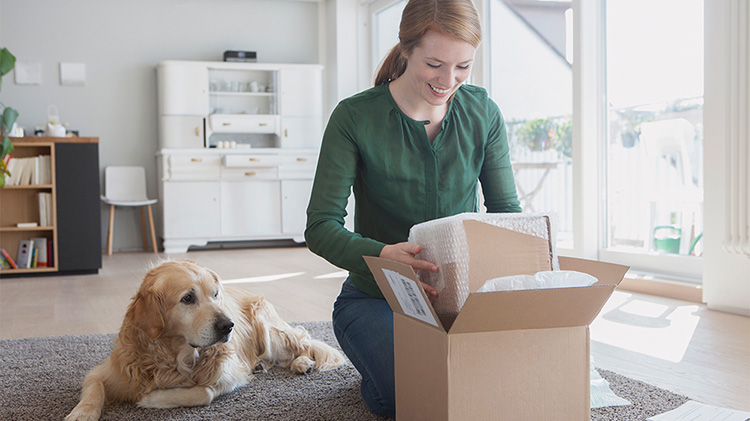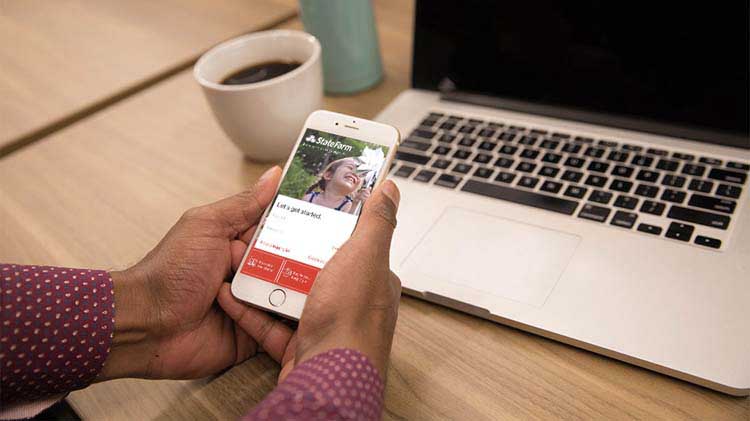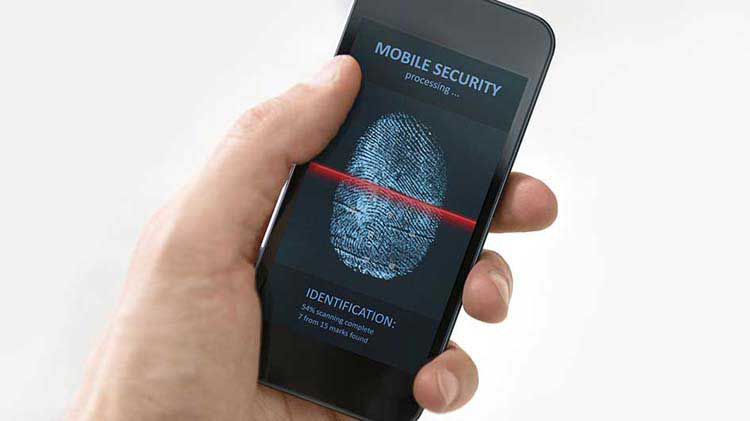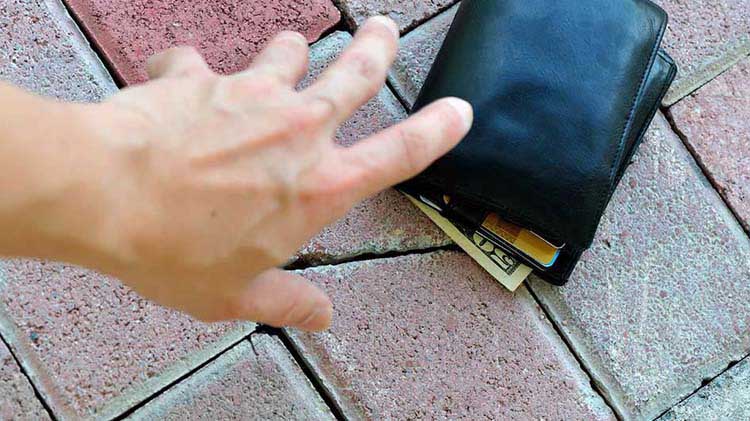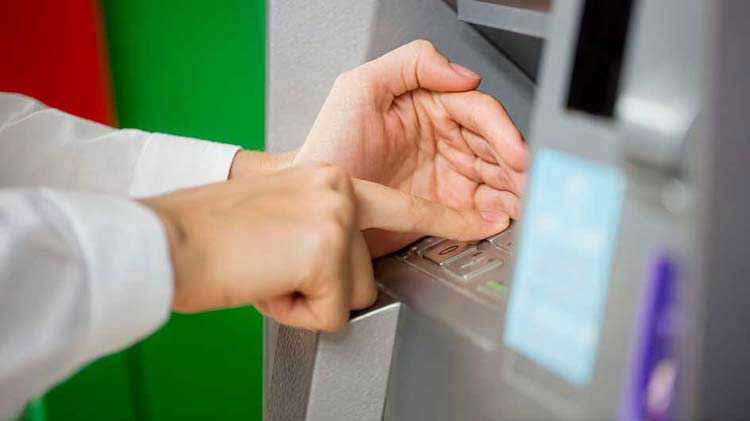How shopping will change — and how you can protect yourself
Buying anything — from a bag to a baguette — is very different today than it was just a decade ago. Technology has affected not just how we shop, but how we pay for and receive products. What's on the horizon, and how should you protect yourself and your financial information? Read on to find out.
How you shop
Not the same store anymore
In place of traditional brick-and-mortar, some brands are turning to experiential retail hubs. These may take the form of a limited-time pop-up shop, an express store to pick up or return orders or continuously updated themes in existing stores. The benefit to stores? Lots of excitement and sharing, particularly on social media (see below).
Siri, I need help
Voice-activated digital assistants such as Siri and Alexa continue to grow in popularity; about 20 percent of U.S. adults have and use one. That means their capabilities as an on-call shopping assistant are going to continue to affect consumers and stores. Big retailers such as Walmart are hard at work streamlining the ordering process with a digital assistant, and experts predict voice-activated shopping could grow from $2 billion today to as much as $80 billion in five years.
Shopping gets social
Consumers have been using social media to connect with brands for years. But buying via social? That's surging in some countries such as China, and experts believe it will take off in the United States, too. Look for the increasing presence of "Buy Now"buttons on sites such as Facebook, Instagram and Pinterest.
The next-level personal shopper
A 3-D, augmented-reality rendering of a couch in your living room. A try-on opportunity with makeup using facial-recognition technology. Artificial intelligence that directs you to a website source for the season's must-have winter coat. Those are three examples of brands using highly advanced technology to personalize shopping with the goal of delivering products that you like and that also meet your wants or needs right away.
How you pay
Make mine mobile, please
Cash and cards may soon join checks as old-time relics as more and more of us scan apps and pay with a smartphone. In the U.K., for example, alternative payment methods like Apple Pay or contactless credit cards now make up the majority of transactions. By 2022, transactions via mobile wallets will total nearly $14 trillion.
DIY checkout
Some retailers may make a more aggressive move to eliminate cashiers entirely. The Amazon Go stores offer one model: There are no lines and no checkout, just a check-in with the Amazon Go app. When customers leave the store, the app records what they bought and sends a receipt. It's such an attractive technology that more than 150 companies are working on human-free stores.
How you receive your purchases
Fast, faster, fastest
Customers are growing accustomed to speedy shipping, and 88 percent are willing to pay for faster or same-day delivery. Again, retail giant Amazon has modeled some of the leading technology, including membership-driven Prime two-day delivery and experiments with drones that make deliveries in 30 minutes or less.
Curbside gets an upgrade
Buying online and picking up instore? Not so new. But the next evolution of this for retail is the expanding availability of click-and-collect: Order online and pick up curbside with a self-serve, automated locker. Big-name retailers such as Kohl's and Home Depot have jumped on the trend, and 68 percent of U.S. consumers have made click-and-collect purchases.
How you protect yourself
Updates and access matter
An update to your mobile shopping app available? Download it: Online shopping vendors often add fixes to address security weaknesses. In addition, use a screen lock to secure your smartphone or tablet to prevent access if the device is stolen.
Downloads matter, too
Download retail apps from reputable sources, such as Google Play or the App Store, to avoid counterfeit apps masquerading as respected brands. Use a secure network (and a separate one, if your internet provider provides the option), not public Wi-Fi; the latter is more susceptible to hacks.
Be a good password creator
Digital assistant passwords should be different than those you use for banking; it's just good security protocol. Regularly monitor accounts, and contact your bank or credit card company immediately if you see anything suspicious.
